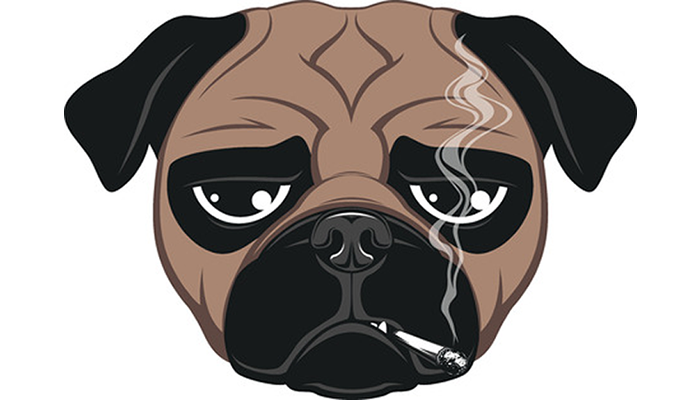Since the 1970s, the public has been aware of the dangers of cigarette smoking – to humans. Since the 1980s, the public has also been aware that second-hand smoke can be dangerous to humans. Second-hand smoke is that which is inhaled by someone in the same room as the smoker. Third-hand smoke, on the other hand, was not documented until many years later to also be deleterious to human health; third-hand smoke relates to the residues on clothing, furniture, dishes, etc that can affect the health of non-smokers.
FDA recently released a document discussing the dangers of second- and third-hand smoke for pets. Essentially, the FDA is acknowledging pets are often early detectors of human problems – sentinels of human disease – smoke-related hazards in this case.
It has been known for decades that animals are good sentinel species for human illness. The canary in the coal mine is the best known example of a sentinel species; the canary was used by coal miners as an early warning system to detect dangerous levels of carbon monoxide gas being released into the coal mine. In more modern times, household pets and their illnesses are being used as markers for other human illnesses. In the 21st century, animals, including pets, are early harbingers of environmental illnesses, including some cancers. Other examples include dogs as sentinels for Lyme disease, and wildlife for West Nile virus.
This post is intended to be a little tongue in cheek because logically, what affects humans will affect any animal in the household, even reptiles! Sadly, it takes many years for researchers and scientists to recognize the connection.
In the meantime, the ramifications of cigarette smoke are the same for animals and humans. Because pets love us unconditionally and can’t get away from the smoke, first-, second-, or third-hand, it’s up to pet owners to protect the pets in the household. It starts with smoking, but anything we do has consequences – for their protection, humans can always keep that in their minds.

